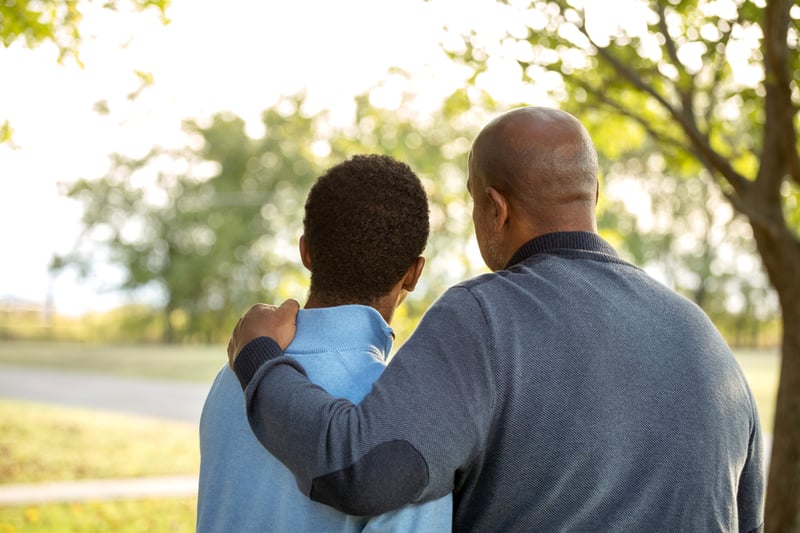3 Tips for Confronting the Topic of Bullying

Bullying is a major source of inspiration for young adolescents and teens to seek out mind-altering substances- in order to escape, to numb, to stand out, or to fit in. Confronting the topic of bullying can be an uncomfortable experience. With these three steps, you can talk about bullying honestly with your adolescent or teen.
Create a definition of bullying together.
Stop Bullying defines bullying as unwanted, aggressive behavior...that involves a real or perceived power imbalance. The behavior is repeated, or has the potential to be repeated, over time. According to the anti-bullying organization, bullying behavior must include an imbalance of power and repetition. Imbalance of power is demonstrated through kids who use their advantages of power-- like size, strength, information, or social status-- to intentionally hurt another kid. Repetition means the behavior is conducted/endured over and over again. Your child may not know that this is the way most adults define bullying. Begin the conversation by asking your child what they think bullying is, what bullying looks like, and how they would define bullying. Acknowledge and validate their conception of bullying before openly discussing your personal definition of bullying. After listening to each other's perceptions, ask your child if they would like to create a definition of bullying together to understand what wouldn't feel good if bullying happened to them or to a friend. If you sense your child might be holding something back, you can talk about experiences you might have had being bullied and ask your child if they feel they have been bullied. Bullying behaviors can include: making threats, spreading rumors, attacking someone physically or verbally, and excluding someone from a group on purposes, according to Stop Bullying-
Define the consequences of bullying together.
You might have been a bully in your lifetime, even around your child, who, learning the behavior, might have bullied others. Bullying has consequences of two kinds. First, there are consequences at school and at home in terms of breaking rules and facing punishments. Without an understanding of consequences regarding bullying, children may not know when they are breaking rules which might be unwritten. Bullying in the home, for example, sets unseen rules very clearly. Second, there are the consequences both a child is bullying and a child who is being bullied will face. Ask your child to talk about how they think bullying must feel to others, how bullying feels to them, or how they think it would feel. -
Eliminate bullying from the home.
Siblings can be cruel. Parents can both intentionally and unintentionally be cruel. The imbalance of power in the home can take many forms, as can bullying. Sarcasm, playing pranks, making jokes, teasing, and taunting can become bullying when done over and over again to a child for any reason. Emphasize a family culture of respect and kindness in which family members are conscious of what bullying is and how bullying feels. You'll educate your children that words can help or harm, each of which have consequences.
Stonewater Adolescent Recovery Center creates a culture of honor, dignity, love and respect among peers and staff members. As part of a family, adolescents and teens in our residential treatment programs learn healthy communication skills for building healthy relationships. Our unique program offers comprehensive and customized plans of recovery for every level of care. For information on our residential treatment programs for adolescent addiction, call us today: 662-598-4214.

.jpg)

